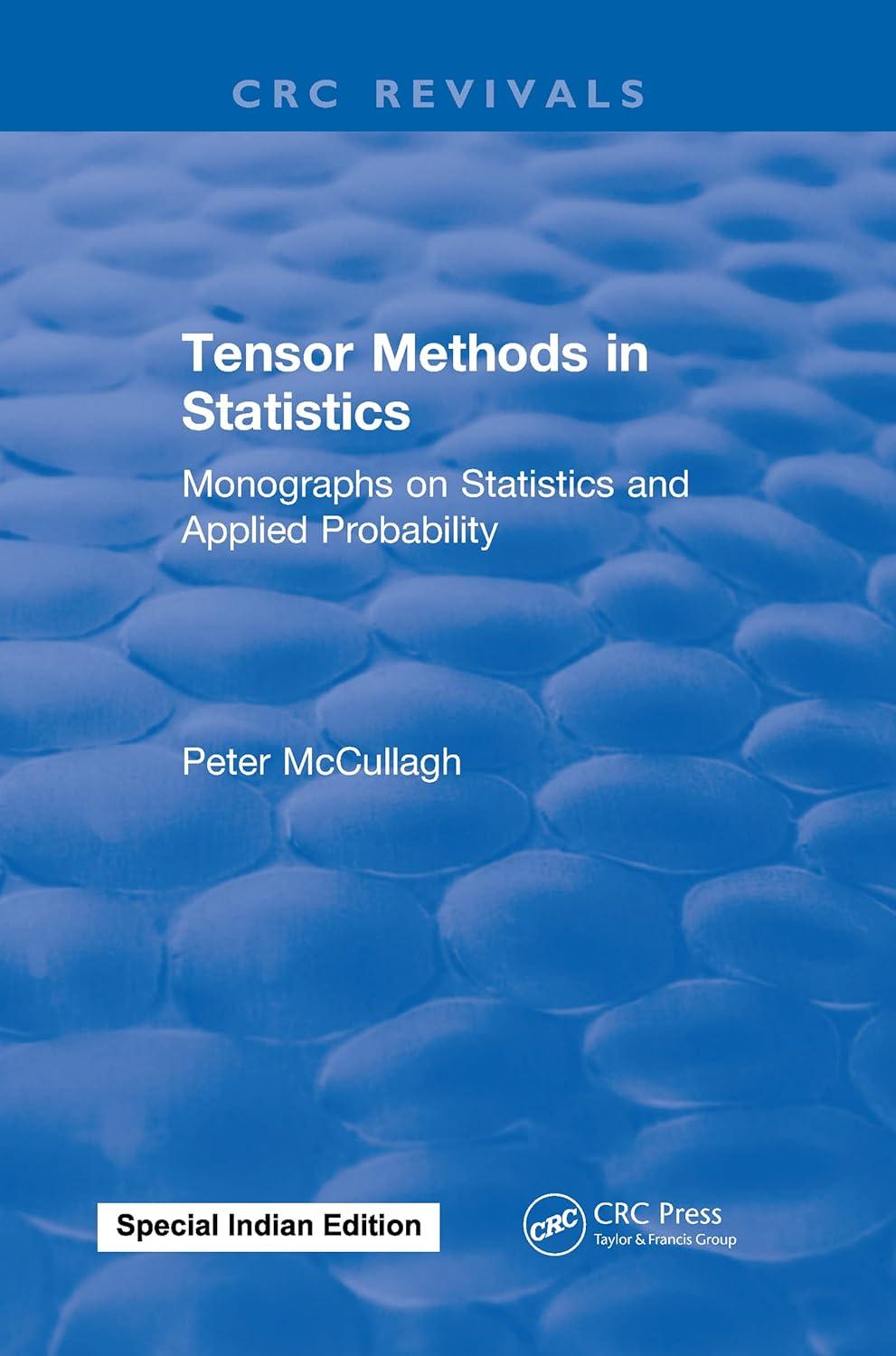Consider the first-order autoregressive process Y0 = 0 = 0, Yj = Yj1 +j , j =
Question:
Consider the first-order autoregressive process Y0 = ϵ0 = 0, Yj = βYj−1 +ϵj
, j
= 1,…, n, where ∣β∣ < 1 and ϵj are independent N(0,1) random variables. Show that the log likelihood function has first derivative U = ∂l/∂β = T1 − βT2 where T1 =
∑YjYj−1 and T2 = ∑Y 2
j−1 with summation from 1 to n. By expressing U as a quadratic form in ϵ, show that the first three cumulants of U are E(U) = 0,
Fantastic news! We've Found the answer you've been seeking!
Step by Step Answer:
Related Book For 

Tensor Methods In Statistics Monographs On Statistics And Applied Probability
ISBN: 9781315898018
1st Edition
Authors: Peter McCullagh
Question Posted:





